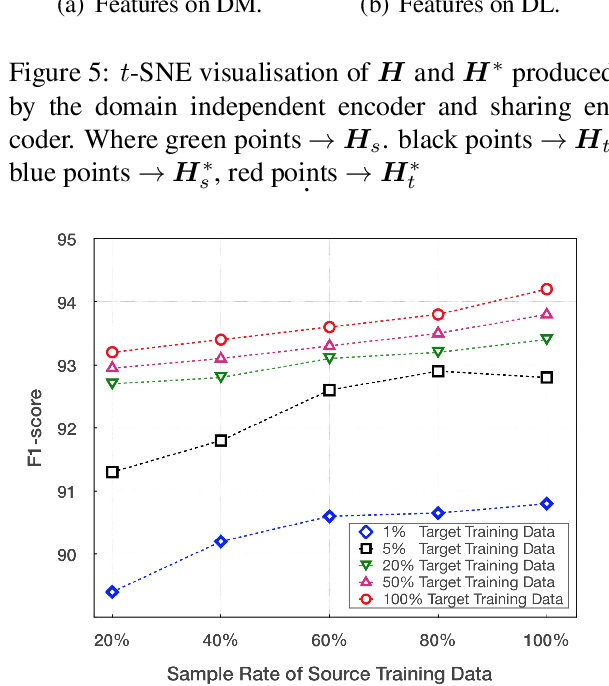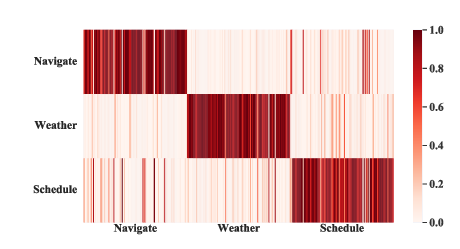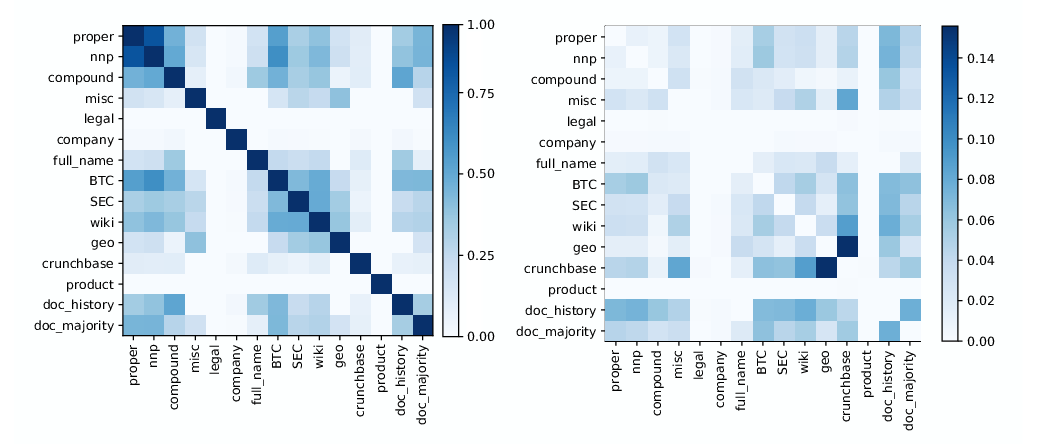Towards Open Domain Event Trigger Identification using Adversarial Domain Adaptation
Aakanksha Naik, Carolyn Rose
Information Extraction Short Paper
Session 13B: Jul 8
(13:00-14:00 GMT)

Session 15A: Jul 8
(20:00-21:00 GMT)

Abstract:
We tackle the task of building supervised event trigger identification models which can generalize better across domains. Our work leverages the adversarial domain adaptation (ADA) framework to introduce domain-invariance. ADA uses adversarial training to construct representations that are predictive for trigger identification, but not predictive of the example's domain. It requires no labeled data from the target domain, making it completely unsupervised. Experiments with two domains (English literature and news) show that ADA leads to an average F1 score improvement of 3.9 on out-of-domain data. Our best performing model (BERT-A) reaches 44-49 F1 across both domains, using no labeled target data. Preliminary experiments reveal that finetuning on 1% labeled data, followed by self-training leads to substantial improvement, reaching 51.5 and 67.2 F1 on literature and news respectively.
You can open the
pre-recorded video
in a separate window.
NOTE: The SlidesLive video may display a random order of the authors.
The correct author list is shown at the top of this webpage.
Similar Papers
Adversarial and Domain-Aware BERT for Cross-Domain Sentiment Analysis
Chunning Du, Haifeng Sun, Jingyu Wang, Qi Qi, Jianxin Liao,

Coupling Distant Annotation and Adversarial Training for Cross-Domain Chinese Word Segmentation
Ning Ding, Dingkun Long, Guangwei Xu, Muhua Zhu, Pengjun Xie, Xiaobin Wang, Haitao Zheng,

Dynamic Fusion Network for Multi-Domain End-to-end Task-Oriented Dialog
Libo Qin, Xiao Xu, Wanxiang Che, Yue Zhang, Ting Liu,

Named Entity Recognition without Labelled Data: A Weak Supervision Approach
Pierre Lison, Jeremy Barnes, Aliaksandr Hubin, Samia Touileb,
